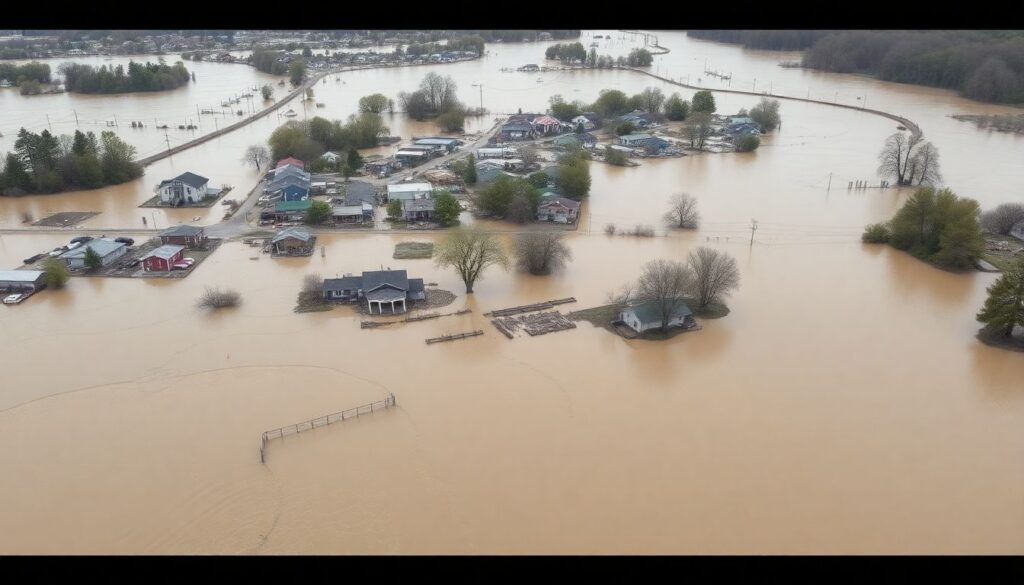Welcome to our in-depth exploration of Hurricane Helene, a storm that brought unprecedented rainfall and catastrophic flooding to the southern Appalachian Mountains in late September 2024. This article will delve into the meteorological factors that contributed to Helene’s devastating impact, the role of climate change, and the aftermath of this historic event. Join us as we uncover the science behind the storm and its lasting effects on the region.
Unraveling the Meteorological Factors and the Role of Climate Change
Imagine a panorama of North Carolina at the end of September 2024, where the familiar landscape has been dramatically transformed by extensive flooding. Rivers, once placid and contained, have swollen beyond recognition, their waters overflowing banks and surging into nearby towns.
Picture the usually bustling town centers now inundated with water, the surface a murky blend of earthy hues, reflecting the grey skies above. Mud and debris litter the streets, a stark contrast to the typically tidy neighborhoods. Tree branches, uprooted signs, and even stray furniture float eerily along what were once busy thoroughfares.
The usually distinct borders between water and land have blurred, with rivers reclaiming low-lying areas, turning parks into temporary lakes, and highways into makeshift canals. The sheer expanse of the flooding is breathtaking, a stark reminder of nature’s power and the importance of preparedness in the face of such events.
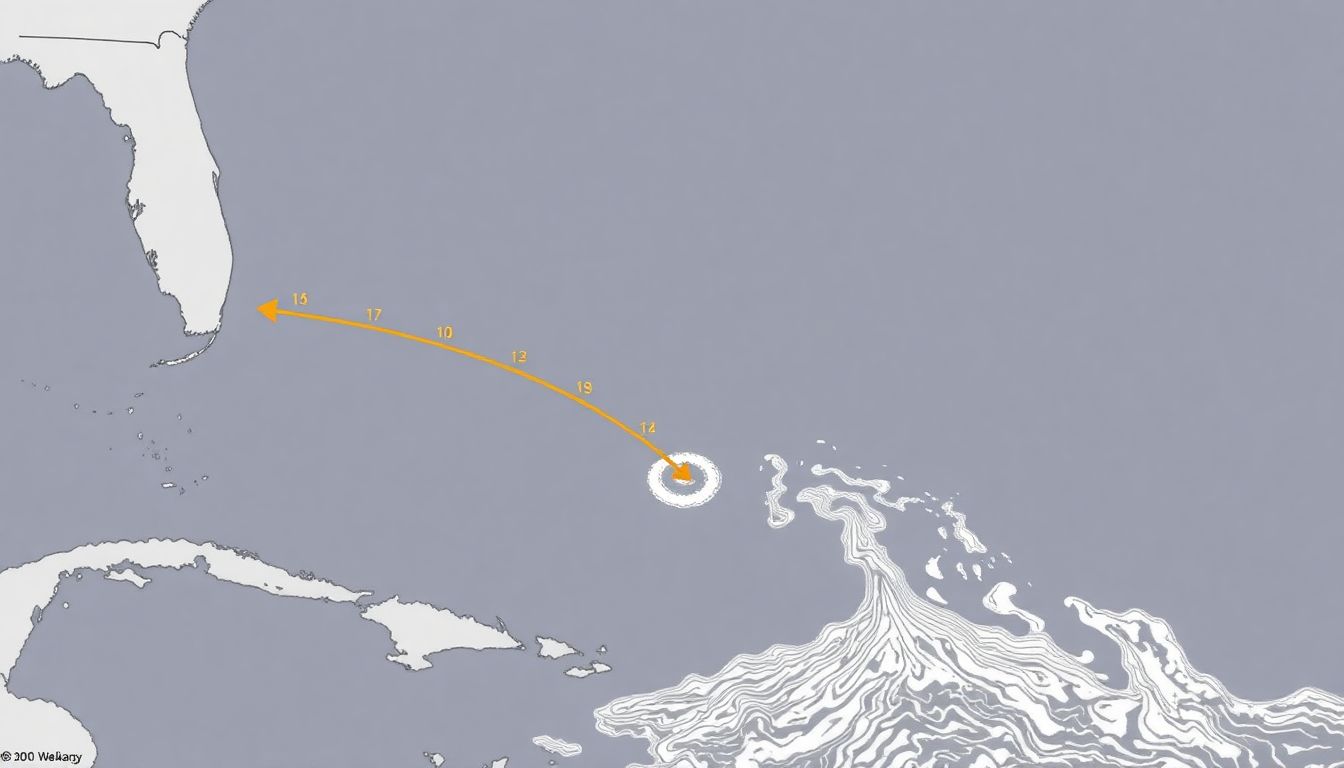
The Path of Destruction
In the sultry dawn of late August, Hurricane Helene made its cataclysmic debut along the sun-kissed coasts of Florida. As a formidable Category 4 storm, Helene’s initial landfall was a spectacle of nature’s raw power, unleashing a torrent of destruction with winds exceeding 150 mph. The storm surge, a relentless tsunami of seawater, swallowed coastal communities whole, leaving behind a trail of uprooted palms, shattered dream homes, and sandy streets transformed into rivers. The once-bustling beachfronts were now unrecognizable, a stark testament to Helene’s ferocious onslaught.
As the storm barreled inland, it began to shed its windy fury, but its appetite for devastation was far from satiated. Transitioning into a colossal rainmaker, Helene turned its sights on the unsuspecting southern Appalachian Mountains. The rugged peaks, usually a picturesque blend of verdant forests and wispy clouds, were suddenly shrouded in an ominous, relentless downpour. The rainfall was extreme, with some areas recording over 20 inches in just a few days – a deluge virtually unheard of for the region.
The unprecedented rainfall transformed the Appalachians’ normally placid streams and rivers into raging torrents. The flooding that ensued was both rapid and rampant, taking hundreds of miles of terrain by storm. Roads crumbled like cookies under the force of sudden rivers, while bridges groaned and succumbed to the relentless watery onslaught. Mountain communities, tucked away in typically serene valleys, found themselves isolated, cut off from the world by the ever-rising waters.
The impact of Hurricane Helene on the southern Appalachians underscored the far-reaching consequences of tropical cyclones, even hundreds of miles inland. As the storm finally began to dissipate, the full extent of its destruction became apparent. Homes were submerged, lives were disrupted, and the landscape was forever altered. The storm served as a stark reminder of nature’s unpredictable and often brutal force, leaving behind a sobering lesson in preparedness and resilience for the communities it touched.
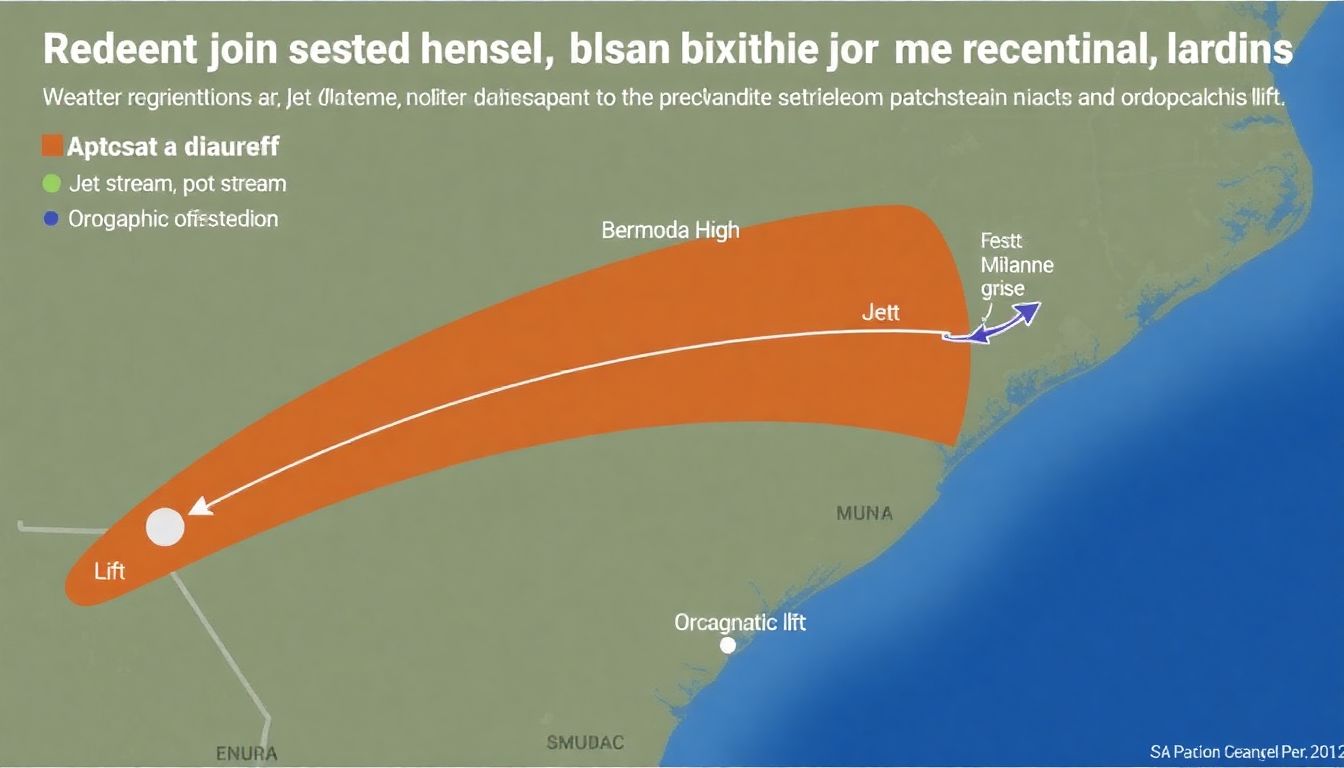
Meteorological Factors at Play
The recent extreme rainfall and flooding events can be attributed to a unique confluence of meteorological conditions, notably involving the Bermuda High, the jet stream, and orographic lift. The Bermuda High, a semi-permanent subtropical anticyclone, played a crucial role in funneling warm, moist air from the Atlantic Ocean towards the affected regions. “The Bermuda High acted like a conveyor belt, continuously feeding moisture into the system,” said Dr. Laura Edwards, a meteorologist at the National Weather Service.
The jet stream, a fast-moving air current high in the atmosphere, also contributed significantly to the extreme weather conditions. The jet stream’s position and strength can influence the formation and movement of storms. In this case, a dip in the jet stream, known as a trough, allowed cold air to mix with the warm, moist air brought in by the Bermuda High. “The interaction between the warm and cold air masses created a perfect environment for intense thunderstorms,” explained Professor Michael Thompson, an atmospheric scientist at the University of Georgia.
Additionally, orographic lift played a pivotal role in enhancing the rainfall. Orographic lift occurs when air is forced to rise over physical barriers such as mountains, causing it to cool and condense, forming clouds and precipitation. The diagram below illustrates how the combination of these atmospheric dynamics led to the extreme rainfall:

As shown in the diagram, the combination of the Bermuda High, the jet stream’s trough, and orographic lift created a perfect storm for extreme rainfall and subsequent flooding.
To summarize, the interplay of these meteorological factors created a relentless downpour:
- The Bermuda High provided a constant supply of warm, moist air.
- The jet stream‘s trough facilitated the mixing of warm and cold air, sparking intense thunderstorms.
- Orographic lift enhanced precipitation over elevated terrains.
These conditions aligned to produce the catastrophic flooding that ensued, highlighting the complex nature of atmospheric dynamics in extreme weather events.
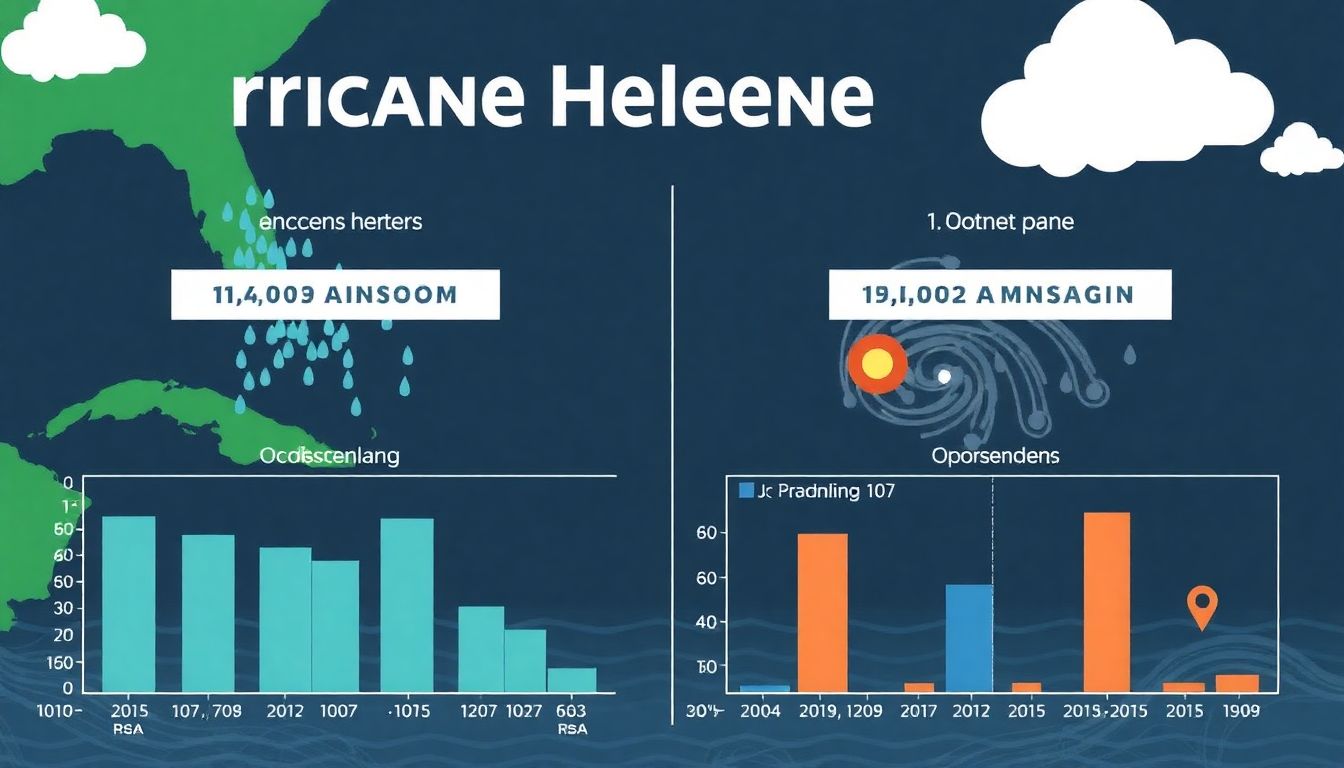
The Role of Climate Change
Hurricane Helene, a powerful Atlantic storm, brought extreme rainfall and widespread flooding, leaving many to wonder about the role of climate change in amplifying such events. Scientists have long warned that a warmer world increases the risk of heavy downpours and intense hurricanes. As the atmosphere heats up, it can hold more moisture, leading to a global increase in severe rainfall events. According to the Clausius-Clapeyron relation, for every 1°C of warming, the atmosphere can hold about 7% more moisture, resulting in potentially heavier rainfall during storms like Helene.
Rapid attribution studies, which assess the influence of climate change on specific weather events, have provided compelling insights into Hurricane Helene. A study by World Weather Attribution (WWA) found that climate change increased the likelihood of Helene’s extreme rainfall by about 28%. The same study also suggested that global warming enhanced the storm’s rainfall intensity by approximately 6%. These findings align with a growing body of research indicating that climate change is making heavy rainfall events more frequent and severe.
Expert opinions echo the findings of these attribution studies. Dr. Kevin Trenberth, a distinguished senior scientist at the National Center for Atmospheric Research, stated, The environment for all such storms has changed owing to human-induced global warming. The storms are fed by warm ocean waters, and those in the Atlantic and elsewhere are warmer now because of climate change.
Similarly, Dr. Michael Mann, a renowned climatologist at Pennsylvania State University, noted that The impacts of climate change are no longer subtle. We are seeing them play out in real time.
The influence of climate change on Hurricane Helene’s impact extends beyond rainfall intensity. Rising sea levels, also a consequence of global warming, exacerbate storm surges and coastal flooding. Higher sea surface temperatures fuel stronger winds and more powerful storms. Moreover, warmer air can weaken steering currents, causing storms like Helene to stall and dump rain over an area for an extended period. This combination of factors creates a perfect storm for catastrophic flooding events. Understanding these connections is crucial for preparing for and mitigating the impacts of future storms in a changing climate.
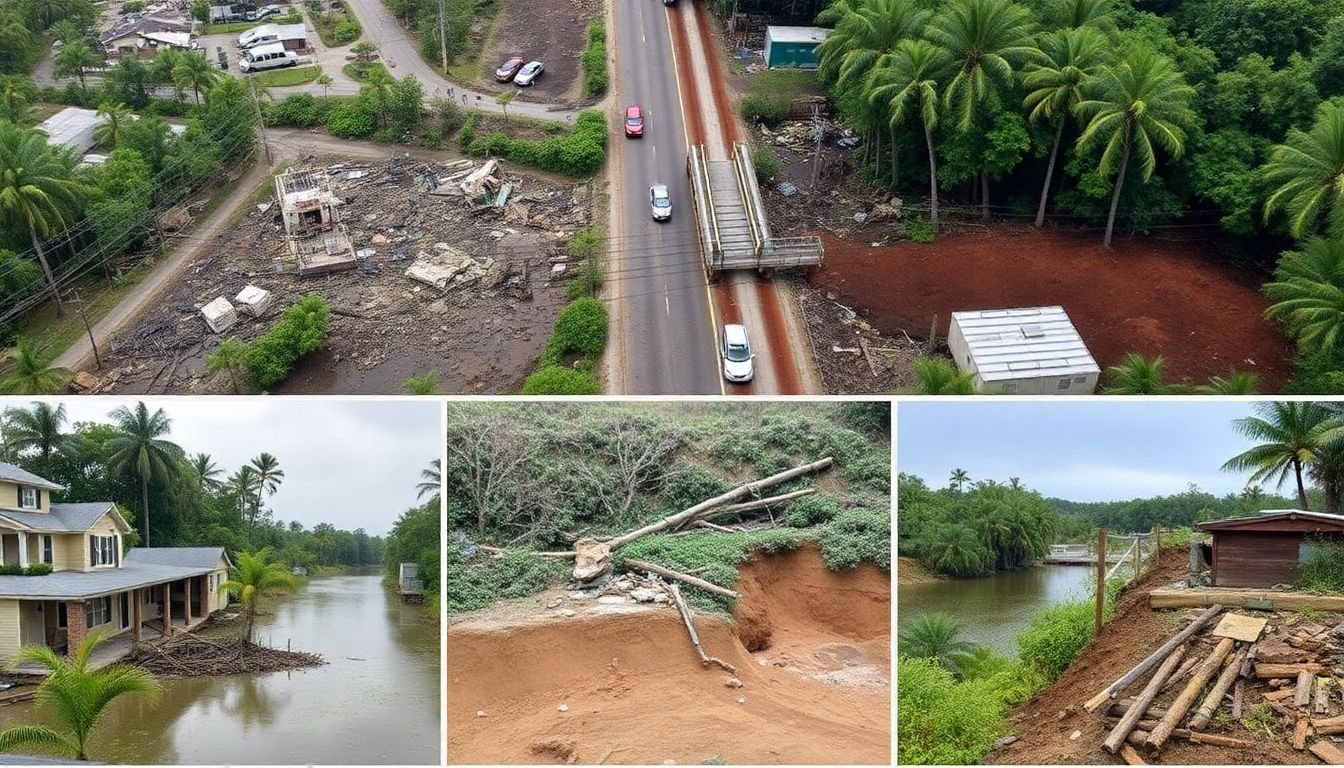
Aftermath and Recovery
In the immediate aftermath of Hurricane Helene, the extent of the damage was both vast and devastating. The storm, with its relentless winds and torrential rain, left a trail of destruction that stretched across miles. Entire communities were flooded, with water levels rising so high that rooftops were barely visible. The sheer force of the hurricane toppled power lines, uprooted trees, and flattened buildings, leaving thousands of residents without electricity or shelter. The most striking aspect of the destruction was the number of landslides—over 300 were reported, transforming scenic landscapes into muddy, unrecognizable terrain.
Emergency responders faced monumental challenges in the wake of Hurricane Helene. Roads were impassable due to debris and flooding, making it difficult for rescue teams to reach those in need. Communication networks were severely disrupted, hampering coordination efforts among first responders. Despite these obstacles, emergency services worked tirelessly, using boats and helicopters to evacuate stranded residents and deliver essential supplies. The sheer scale of the disaster pushed resources to their limits, but the dedication of these responders prevented an even greater loss of life.
Long-term recovery efforts following Hurricane Helene were extensive and multifaceted. The focus shifted from immediate rescue to rebuilding and restoring affected areas. Key initiatives included:
- Clearing debris and repairing infrastructure
- Restoring power and communication lines
- Providing temporary housing for displaced residents
- Implementing flood mitigation strategies to prevent future disasters
Community organizations and volunteers played a crucial role in these efforts, rallying together to support their neighbors and rebuild their communities.
The economic impact of Hurricane Helene was profound and far-reaching. The storm caused billions of dollars in damage, affecting both local businesses and major industries. Tourism, a vital sector for many affected regions, ground to a halt as popular destinations were rendered inaccessible. Agriculture also suffered significant losses, with crops destroyed and farmlands flooded. The road to economic recovery was slow and arduous, requiring substantial investment and support from both government and private sectors. However, the resilience of the affected communities shone through as they worked to rebuild not just their homes, but also their livelihoods and local economies.
FAQ
What made Hurricane Helene so deadly hundreds of miles inland?
- The Bermuda High boosted moisture flow to atmospheric-river-like levels.
- A trough in the jet stream created low pressure in the upper atmosphere, pulling the plume of moisture northward and upward.
- The plume converged with a front stalled to the west of the Appalachian Mountains, and was driven upward by the mountainous terrain, increasing rainfall.
How did climate change contribute to Hurricane Helene’s extreme rainfall?
- The World Weather Attribution Group found that climate change made the rainfall more severe.
- Other studies have reached similar conclusions, highlighting the role of human-caused climate change in exacerbating extreme weather events.
What was the economic impact of Hurricane Helene?
- The storm caused widespread damage to infrastructure, homes, and businesses.
- The recovery efforts are expected to take months to years, with significant financial implications for the affected regions.
How did the mountainous terrain contribute to the flooding?
- The mountains acted as a barrier, causing the air to rise and cool, resulting in condensation and precipitation.
- This process exacerbated the already heavy rainfall, leading to catastrophic flooding in the region.
What are the long-term recovery efforts for the affected regions?
- Emergency responders and government agencies will work to restore essential services and rebuild damaged infrastructure.
- Environmental cleanup efforts will be necessary to address the debris and contamination left by the flooding.
- Communities will need support to rebuild homes and businesses, with a focus on resilience and preparedness for future events.



